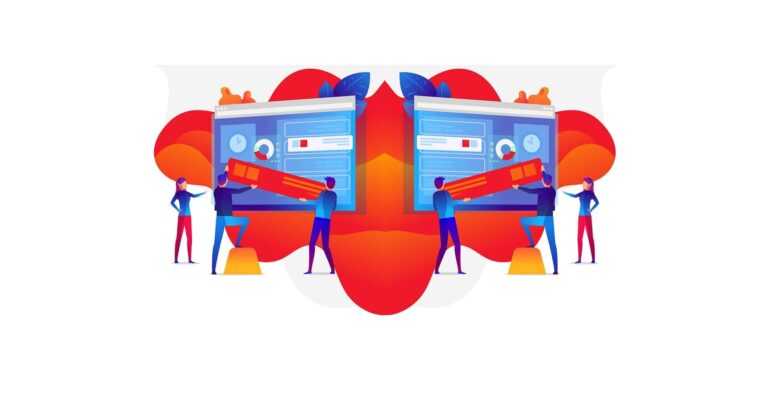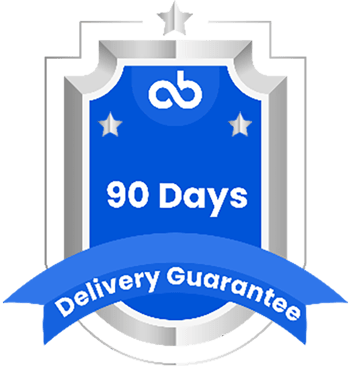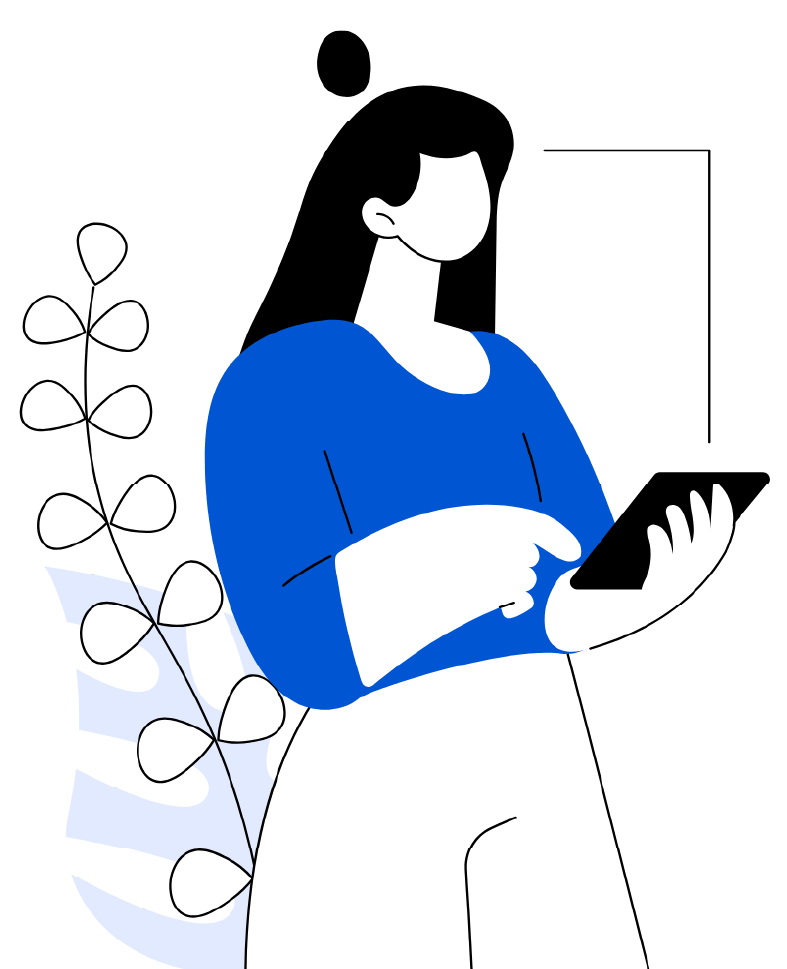Explore Reach by User Experience (UX) or User Experience Design (UXD).
Introduction:
User experience – (UX):
For short – is how a person feels when interacting with a digital product. UX encompasses a lot of factors, some that are controllable by designers and developers and some that are environmental or just user preference. These factors include usability, accessibility, performance, design/aesthetics, utility, ergonomics, overall human interaction and marketing.
User experience design (UXD):
The process of creating products that provide meaningful and relevant experiences to users and enhancing user satisfaction/ experience with a product by improving the usability, and pleasure provided in the interaction with the product.
User experience design is a user-product interaction, and improve the product, and users experience by addressing all perspectives of a product by the user’s feedback & requirements.
The UXD process involves the design of the entire process of research, prototyping and integrating the product, including aspects of branding, design, usability, function and users’ feedback.
The primary purpose of the UX Design is to studying user behavior and understanding user requirements with the goal of design satisfactory user experiences of a product. Developing a better user experience & customer satisfaction product is not a single person or team’s responsibility, it is a vision of an organization.
How User Experience Design (UXD) Works?
User experience design is a continuous process of iteration which helps you continuously improve and polish your designs and improve the user experience.
Just like the communication process, we need the response or feedback from the listener, same way to design a product, it requires the user’s feedback and then re-work on the requirement to improve the user experience.
UXD Process includes the following vital elements & stages
Research
Analysis
Visual Design
Implementation
Launch and Evaluation
Each stage it involves relevant stakeholders or team member of the organization that takes part in the process of evaluating your designs on each stage and make your products highly efficient & usable.
Benefits of User Experience Design (UXD)
Reduce, Re-work & Reduce maintenance cost.
UX help to differentiate your brand & helps users to recognize your brand quickly.
Keeps your audience on your site longer and increase conversion rates.
UX brings the team out of the box & reduces company risks.
Enhanced customer satisfaction & increases productivity.
Here are most of the important tips to point you in the right direction:
- Users tend to notice things near the top of page more frequently than any other position.
While color can enhance your page’s visual appeal, design for colorblind users and make sure your content is clearly visible and readable to everyone.
Symmetry in object placement can enhance a user’s positive impression of your site.
Place objects in a logical order to move the user along a path you want them to follow.
Keep your site navigation panel consistent from one page to the next; users don’t want to have to learn new navigation options each time they change pages within your site.
Design for ease of use and easy comprehension.
Use one specific color for the calls to action on your site and don’t use that color for any other content.
Do not paginate your content; pagination is often viewed as a ploy to inflate page views within a website when it’s not necessary to create multiple pages for your content.
Make sure your page loads quickly (within a couple seconds); studies have shown that if a user has to wait more than a couple seconds for a page to load, they will move away from that site to content that meets their need for immediate results.
Navigation menu button labels should be short – less than 3 or 4 words – and should have the most informative words first.
Make it easy for users to undo an action or back out of a navigation option.
Use icons that are simply designed and easy to understand; don’t use icons just for the sake of adding graphical elements to your page and don’t stuff your pages with icons.
For mobile content, do not require a double-click to activate an element.
Link anchor text should tell the user exactly where the link will take them; do not use “click here” or other vague anchor text for links.
Make your page’s links look like links; don’t hide them behind “pretty” design.
Put your most important information at the top of your web page. While you can include key data below the fold, you want the information that meets your users’ needs to appear at the top where it can immediately grab their attention.
Try to keep italicized text or words in all capital letters out of your content; both are more difficult for your visitors to read.
Pay attention to contrast when designing your mobile content; screen glare can render some elements invisible.
For mobile content, make sure your buttons are easy to click. They should be at least 1cm by 1cm in size and should be padded by empty space to allow for easy selection.
Leave industry jargon and technical terms out of your content unless it’s necessary.
Most people searching for information are beginners to the subject, so your content needs to be written with the average person’s comprehension level in mind.
Use fonts that are easy to read. While script typefaces make for pretty copy, they are hard to read and are off-putting to site visitors looking for information.
Avoid using small fonts, especially if you are providing long copy.
Don’t use banners on your site unless they are clearly different from most advertising banners. Most site visitors make a conscientious effort to avoid looking at anything that appears to be advertising of any kind.
Be Always truthful in what you say you know, can do, provide, create, or deliver. If you use false advertising or misleading information to entice visitors to your website, they will eventually discover the deception and shun your site entirely.
Establish a brand image and include it everywhere you’ve established a presence online. The more exposure your brand receives, the more recognition and attention it will receive. Define your own unique tone, style, or voice and apply it to all your online content.
UX designers need to keep in mind that successful design goes far beyond graphical or interaction design. For innovative products, it also includes user vision design.
Designing user vision is a whole other story. It involves having a clear product vision in place with the insiders (production team/executive/designers), and their ability to communicate this vision to the outsiders. Insiders need to come up with compelling proofs of how their product helps people do things better/easier, from a totally new perspective.
Summary:
And that’s pretty much it! So, while you might hear terms like information architect, user interface designer, interaction designer, user researcher, or whatever, essentially these are all people with different backgrounds—they might specialize in marketing or technology, or maybe their strengths are in user research, social media or come from a customer support background. Either way, they’re all asking a ton of questions and following a quasi-scientific process to do the design behind the visuals. And they’re having a blast doing it.
“The process of enhancing user satisfaction with a product by improving the usability, accessibility, and pleasure provided in the interaction with the product.”






